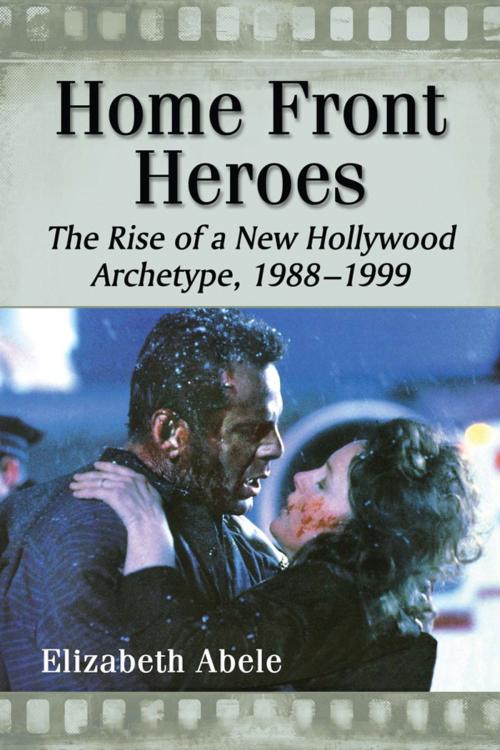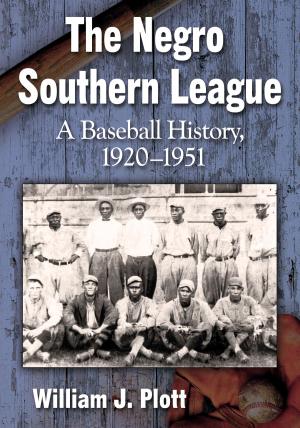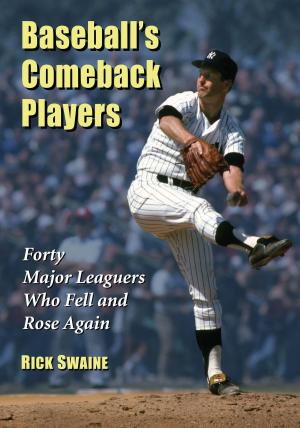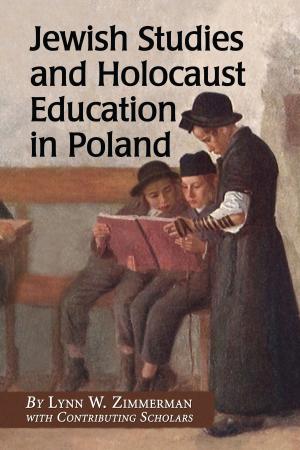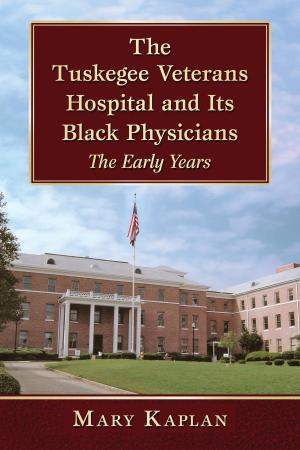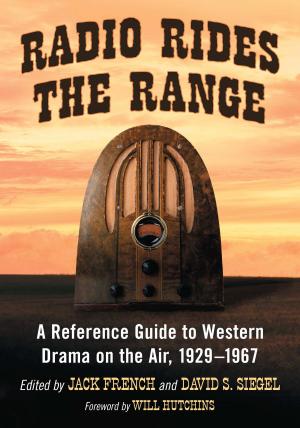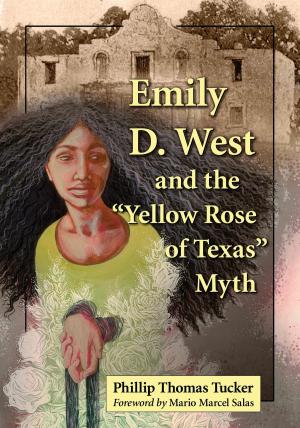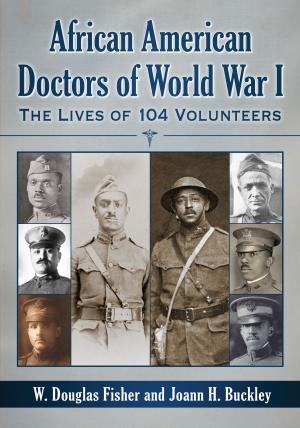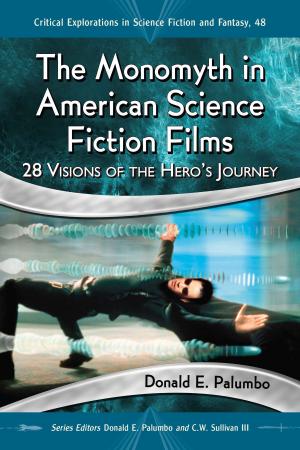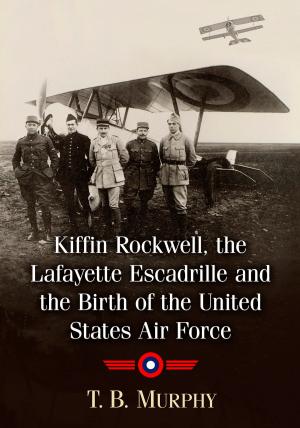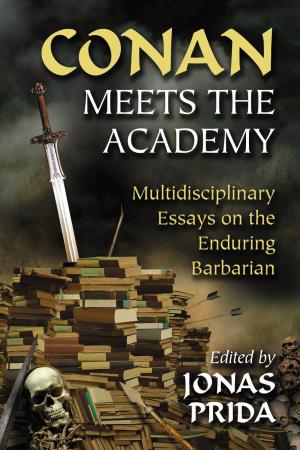Home Front Heroes
The Rise of a New Hollywood Archetype, 1988-1999
Nonfiction, Entertainment, Performing Arts, Film, Social & Cultural Studies, Social Science, Gender Studies, Women&| Author: | Elizabeth Abele | ISBN: | 9781476612119 |
| Publisher: | McFarland & Company, Inc., Publishers | Publication: | December 3, 2013 |
| Imprint: | Language: | English |
| Author: | Elizabeth Abele |
| ISBN: | 9781476612119 |
| Publisher: | McFarland & Company, Inc., Publishers |
| Publication: | December 3, 2013 |
| Imprint: | |
| Language: | English |
This book traces the effects of the feminist and civil rights movements in the construction of Hollywood action heroes. Starting in the late 1980s, action blockbusters regularly have featured masculine figures who choose love and community over the path of the stoic loner committed solely to duty. The American heroic quest of the past 25 years increasingly has involved a reclamation of home, creating a place for the Hero at the hearth, part of a more intimate community with less restrictive gender and racial boundaries. The author presents pieces of contemporary popular culture that create the complex mosaic of the present-day American heroic ideal. Hollywood popular films are examined that best represent the often painful shift from traditional heroic masculinity to a masculinity that is less “exceptional” and more vulnerable. There are also chapters on how issues of race and gender intersect with the new masculinity and on subgenres of 1990s films that also developed this postfeminist masculinity.
This book traces the effects of the feminist and civil rights movements in the construction of Hollywood action heroes. Starting in the late 1980s, action blockbusters regularly have featured masculine figures who choose love and community over the path of the stoic loner committed solely to duty. The American heroic quest of the past 25 years increasingly has involved a reclamation of home, creating a place for the Hero at the hearth, part of a more intimate community with less restrictive gender and racial boundaries. The author presents pieces of contemporary popular culture that create the complex mosaic of the present-day American heroic ideal. Hollywood popular films are examined that best represent the often painful shift from traditional heroic masculinity to a masculinity that is less “exceptional” and more vulnerable. There are also chapters on how issues of race and gender intersect with the new masculinity and on subgenres of 1990s films that also developed this postfeminist masculinity.
